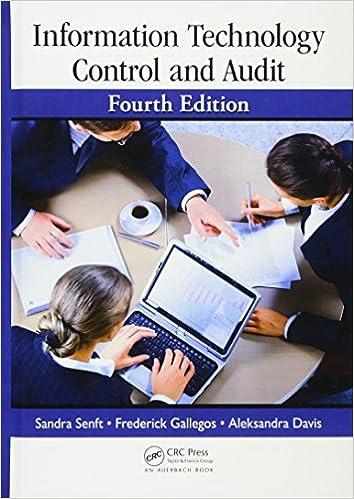


Case 7.2 Holloway v. Dekkers and Twin Lakes Golf Course, 380 S.W.3d 315 (Tx. Ct. of App. 2012) FACT SUMMARY Twin Lakes is a Texas corporation that operates a golf course located in Canton, Texas; Dekkers is an officer of the corporation. Holloway, a PGA professional, met with Dekkers and others in mid-July 2008 about becoming the head golf professional at Twin Lakes. Dekkers offered Holloway the job, and Holloway agreed to start work as soon as he could move to Texas from Illinois. At the July 2008 meeting, the parties discussed the duration of Holloway's contract, salary, and benefits. The parties then communicated via e-mail throughout the month of July and ultimately agreed to pay and benefit terms. With respect to the duration of the contract, they agreed that Holloway would work for a one-year term with the understanding that prior to the expiration of that period, they would renegotiate the contract for an additional three-year period if Holloway fulfilled Dekkers's performance expectations. Holloway started work at Twin Lakes on August 5, 2008. Within a week of that date, Holloway was given a one- page employment agreement, dated July 23, 2008, that outlined the salary, benefits, and a bonus structure. The document also listed the services Holloway was to provide. As to term, the document provided for a [y]early contract that will be up for renewal after annual performance evaluation. It also contained a statement that the contract was agreed upon by both Dekkers and Holloway and verified by their signatures." Holloway signed the two originals of the document. The signature line for Dekkers as owner of Twin Lakes remained blank. Holloway made a copy of the document, but he never presented it to Dekkers to sign. Approximately eight weeks later, Holloway was terminated from his employment at Twin Lakes. As a result, he filed suit against both Dekkers and Twin Lakes for breach of contract. The trial court dismissed Holloway's lawsuit on summary judgment ruling that the employment agreement was unenforceable under the statute of frauds. Holloway appealed, arguing that the statute of frauds did not apply to this agreement because it was for less than one year. He contended the contract's language indicated that Holloway would be employed for 364 days before his performance review, and therefore that it fell outside the statute of frauds. SYNOPSIS OF DECISION AND OPINION The Court of Appeals of Texas ruled in favor of Dekkers/Twin Lakes. The court rejected Holloway's argument that the agreement was for one day less than a year. In determining whether an agreement is capable of being performed within one year, courts use two points of reference: (1) the time of making the contract and (2) the time when performance is to be completed. In this case, the court pointed out that the agreement exceeded one year no matter whether the starting point was calculated as the Page 207 date on the employment document or the date Holloway actually began his employment. Since the document did not have the signature of Dekkers, the statute of frauds rendered the contract unenforceable. WORDS OF THE COURT: One-Year Calculation "Although Holloway argues on appeal that the agreement was 'clearly intended to be for a period of 364 days or less than a year,' he specifically testified to a one-year agreement that was made in mid-to-late July 2008 and began on August 5, 2008. If Holloway had worked for Twin Lakes for the one-year term as contemplated by the July 23 document, he would have worked through August 4, 2009, one year later. If you counted the days from the July 23 date reflected on the document Holloway signed to the date he completed his performance on August 4, 2009, the term plainly exceeded one year. Thus, to the extent Holloway alleges Dekkers and Twin Lakes breached an agreement based on the July August 4, 2009, one year later. If you counted the days from the July 23 date reflected on the document Holloway signed to the date he completed his performance on August 4, 2009, the term plainly exceeded one year. Thus, to the extent Holloway alleges Dekkers and Twin Lakes breached an agreement based on the July 23 document, that agreement is within the statute of frauds. As a result, the agreement is unenforceable because it is not signed by [Dekkers/Twin Lakes]." Case Questions 1. Could the combination of e-mails and the unsigned agreement be the basis for satisfying the signature requirement of the statute of frauds? Why or why not? 2. Did the court calculate the date correctly? Couldn't Holloway's performance review/renewal have taken place well before the end of one year? If so, doesn't that mean the contract falls outside of the statute of frauds? 3. Focus on Critical Thinking: Is the court allowing Dekkers to use the statute of frauds as a shield to defend a legitimate claim by Holloway? Is that fair? If Dekkers was the one that prepared the document, isn't it reasonable to assume that he agreed to it? Shouldn't it be enforceable? Why or why not? LEGAL IMPLICATIONS IN CYBERSPACE









